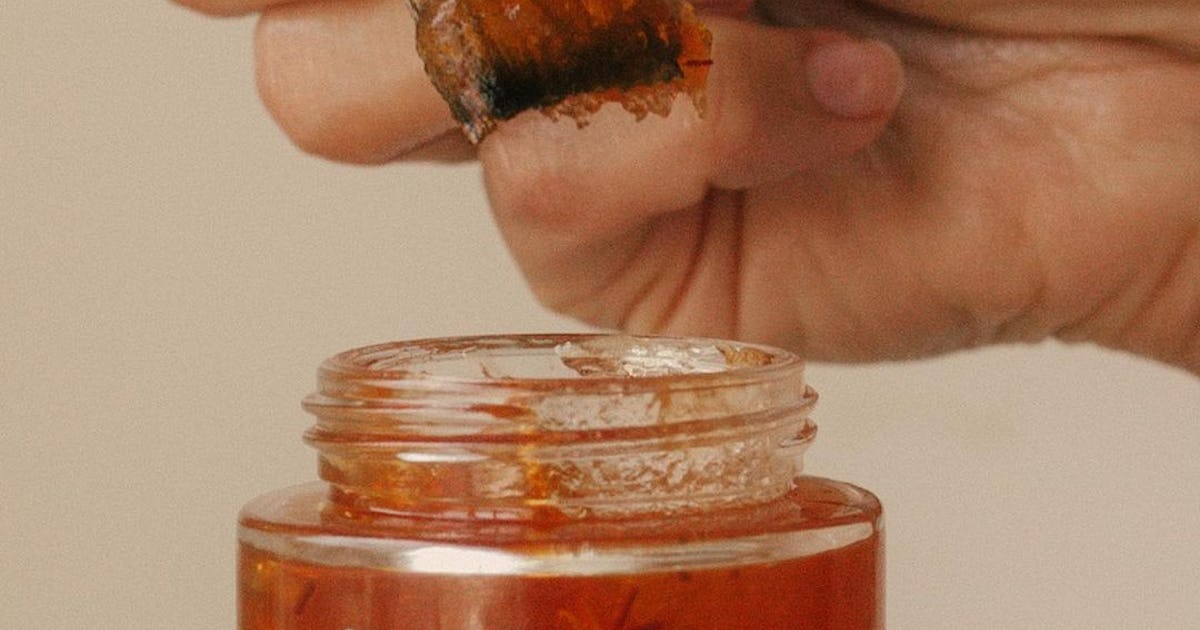There was a time when I saw a knife simply as a sharp hunk of metal used to occasionally cut up some veggies. Not anymore. Besides knives specifically designed for very exacting tasks (e.g. tomato knives), there are other major differences. Is it a European-style knife or a Japanese-style knife? What kind of edge does the knife have? What style of handle does the knife have?
In this article, we’ll look at the various surfaces a knife can have. That standard surface, the most common texture for the flat of a blade. On more elaborate knives, however, there might be different textures. To improve their performance, knives might also be dimpled, hammered, or use a textured steel like Damascus.
Smooth
The standard, smooth steel on the flat of the blade is easiest to produce for most manufactures. A natural product of the grinding process, it’s easiest to just machine polish a flat surface and make that the flat of the blade.
An issue with the perfectly smooth surface is that food sticks to it more readily, especially wet foods, which most foods will be. Everyone who’s cooked before knows how annoying it is to have to scraped bits of minces garlic or slices of tomato off the side of a knife. This is why the textured surfaces were developed.
Dimpled
These knives are often incorrectly labeled “hollow ground” knives. This is an inaccuracy since hollow ground actually refers to a shape of knife edge, not to the grinding of hollows into the blade.
Dimpled knives are becoming more and more common. These knives have little hollow dimples ground out of the blade, usually quite close to the edge. The idea behind these little pits is that they trap air inside, preventing food from sticking to the blade. The resulting cuts are smoother, easier, and it’s much easier to collect the food after cutting.
Hammered
An old-school version of the dimples, a hammered blade has been deliberately dented and textured during manufacture. The resulting uneven surface has a similar effect to the dimples, trapping air and preventing food from sticking to the flat of the blade. This feature is more commonly seen in Japanese-style knives, especially high-end traditional Japanese knives.
Damascus Steel
Damascus steel is a softer, layering of steel found in several styles of knife, though it’s most common among Japanese knives. As a softer steel, Damascus is typically used to clothe a harder, more brittle steel used for the core and edge of a knife. Since it is made up of several layers of folded steel, Damascus steel doesn’t typically have a smooth finish. Instead, it has a rough, textured surface that acts much like the dimpled or hammered steels above. Air is trapped in the tiny valleys of the steel, preventing food from sticking to the blade during cutting.
Textured Blade vs Flat Blades
Textured blades are best used for slicing and chopping tasks that aren’t producing very small pieces. Mincing and very fine chopping are better left to a flat blade. This is because tiny pieces of food can get lodges in the dimples or imperfections of the blade, and are even harder to get them out. The same bits may stick to a flat blade, but they’re easy enough to just swipe off.
Textured metals also need a little more attention when cleaning. Not only do bits of food get stuck in them, but they can be harder to spot when cleaning the knife. Water can also get trapped in the little reservoirs, increasing the chance of rusting or discoloration.
These blades are superb at any slicing job, however, and it’s worth having one of them around just for making fine cuts other knives may not handle quite so well. If you do keep a slicing knife and a cutting knife, make sure to only hone the slicing knife with a ceramic or glass honing rod. A steel honing rod could change the qualities of the edge.














/https://specials-images.forbesimg.com/imageserve/60a7ef8e8844cc83d6723c61/0x0.jpg?cropX1=0&cropX2=960&cropY1=1&cropY2=541)



/https://specials-images.forbesimg.com/imageserve/604ad3acf728cc29468fec2e/0x0.jpg?cropX1=0&cropX2=846&cropY1=47&cropY2=523)
![See Inside the Amazing Homes of State Music’s Queens [Pics]](https://townsquare.media/site/204/files/2020/08/tim-mcgraw-faith-hill-mansion-california-pictures.jpg?w=1200&h=0&zc=1&s=0&a=t&q=89)











